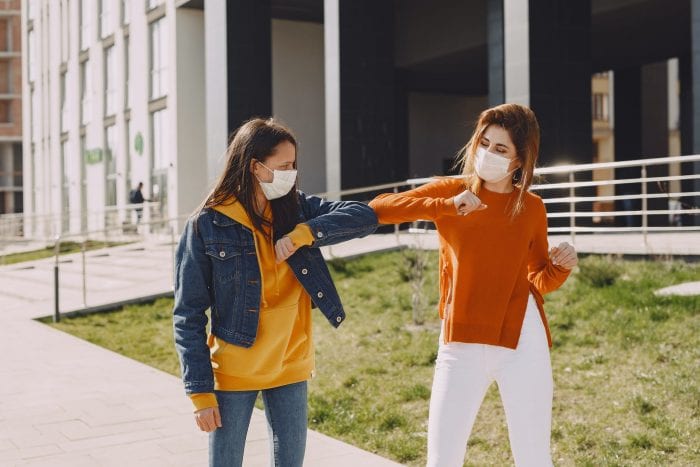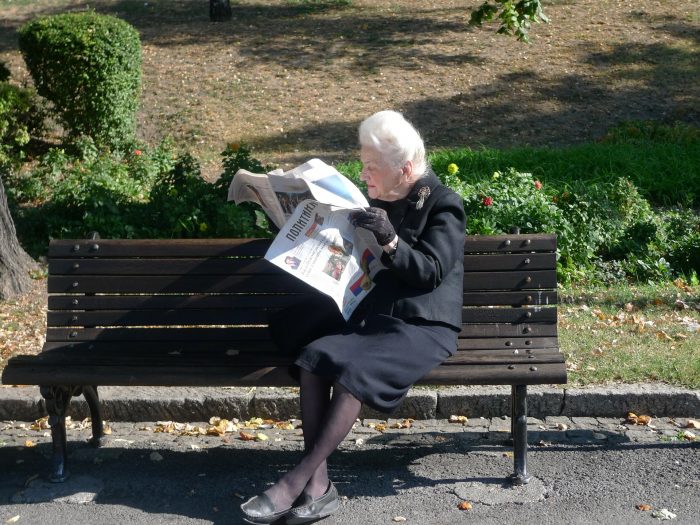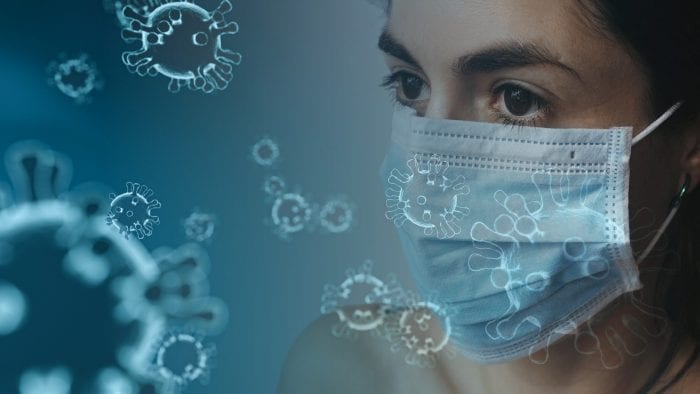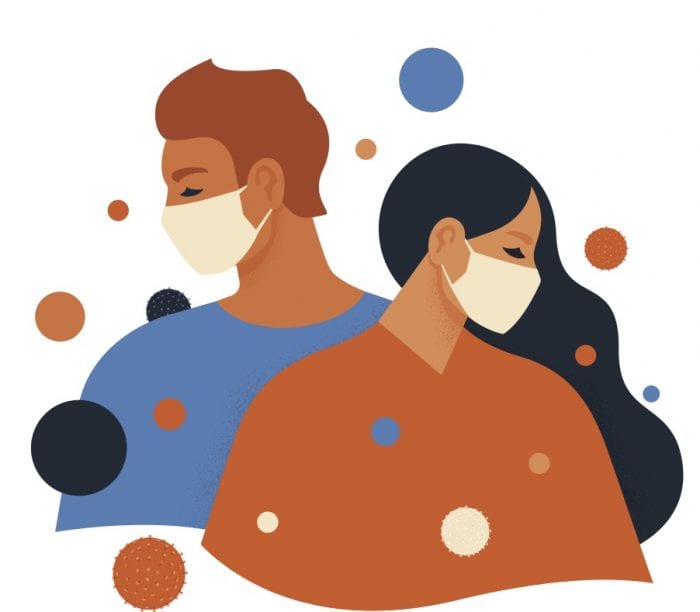By Leah S. Dunaief

As they say in literature, it is the best of times and the worst of times. You could almost say it is also a tale of two cities. Yes, the vaccine has now been developed and produced to counter the novel coronavirus. We will require two shots, whether we get the Moderna or the Pfizer-BioNTech brand, and there may even be a third possibility, one from Johnson & Johnson, that will only be a one shot deal. That’s the wonderful news.
Less than wonderful is the distribution thus far. Despite best intentions, it has been spotty and disorganized. Locations that are supposed to be vaccination sites have had to turn people away because they have run out of the vaccine or never received the shipment to begin with. Getting an appointment, as opposed to standing optimistically for hours in a line, has become an exercise of pounding the keyboard of the computer or dialing on the phone for hours on end, looking for a slot with availability.
Just about everyone I know is being helped by their children and grandchildren in this frustrating pursuit of inoculation. Those who have received the shot are living in a different city from those who have not.
To complicate the already complicated situation, the wily virus is doing what viruses do: mutating ahead of the vaccines. So far, the pharmaceutical companies are saying that their products are effective against the new strains, perhaps a little less so against the variant from South Africa than the one from the United Kingdom.
Brazil has a variant as well. And while non-American citizens originating in those countries are, for the moment, banned from entering the United States, scientists know those mutations are already here, having arrived before the ban, from Britain and Brazil so far and most probably South Africa as well.
Worse than potentially evading the vaccines is the increased degree of contagion those viruses already possess. The knowledge that scientists are already hard at work catching up to the newer strains is comforting. Such an adjustment could take six weeks, however, according to Moderna. Or perhaps a third shot of the existing vaccine might work against the variant.
So while the vaccine may be the best of times, we still have to get there, and the worst is now upon us. Sooner or later, we hope sooner, we will get the logistics of distribution worked out, but most of us will not reach that point of inoculation until mid-summer or fall at the earliest. Meanwhile more people will become ill, especially in the poorer nations unable to buy vaccines in large quantities. And with our global interactions, what pathogens exist elsewhere in the world will also come here with their new mutations.
So what can we do to help ourselves through these next few months?
Let’s remember that a simple handful of actions we already have taken can keep the viruses at bay. Washing our hands thoroughly, multiple times a day ( I practically bathe in hand lotion after all those washings); maintaining social distancing of at least 6 feet, preferably 15 feet, inside as well as outside; and wearing masks are effective defenses, if only we follow them. Working remotely and limiting travel have further contributed to containment.
On the subject of wearing masks, and at the risk of boring you with repetition because I wrote about this last week, I want to urge you to consider wearing two masks. Since the new strains are more contagious, meaning they can spread more readily, having a double barrier for them to pass through doubles our chances of escaping the disease.
The growing recommendation is to wear a surgical mask underneath and a cloth mask on top. I have tried it and find this no more uncomfortable than a single mask, and I am happier with the thought of being better protected. I throw away the surgical mask and wash the cloth one often to preserve its effectiveness, making for myself a sort of double-bagged wall.















